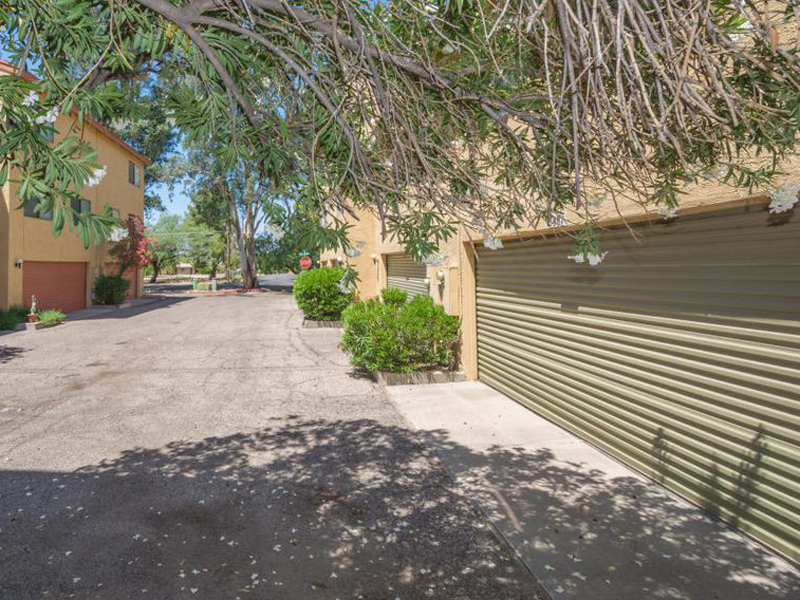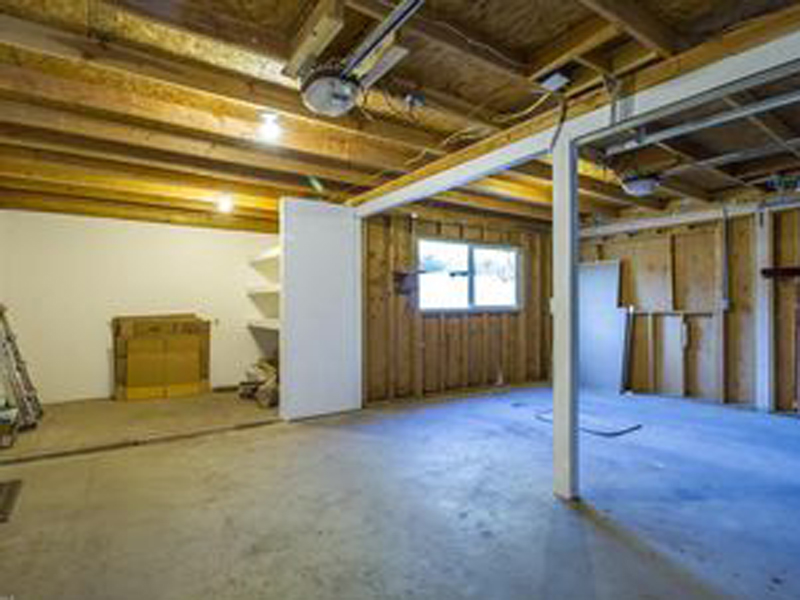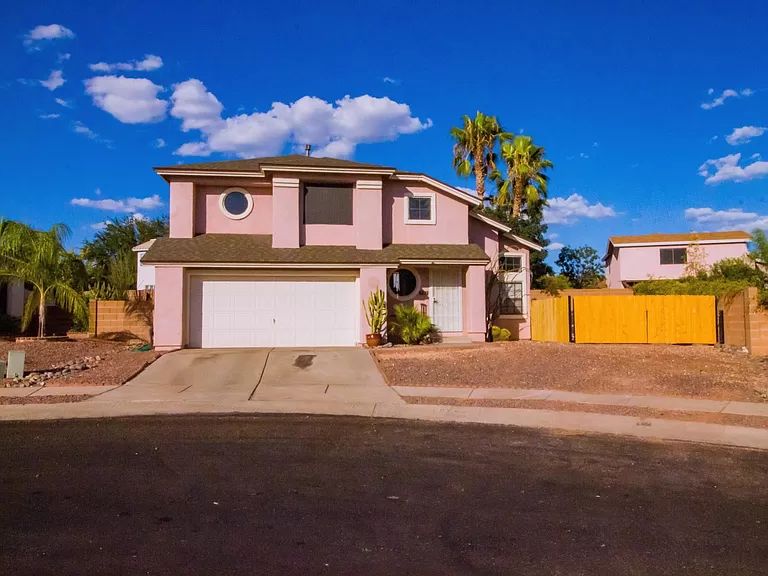Garage Door Stuck Shut - Emergency Situation Opening Solutions
Is Your Garage Door Stuck? Right here's What to Do Initial
When your garage door will not open up, start with these essential safety and security checks prior to trying any kind of fixings. First, make certain no person is standing near the door and that cars are free from the opening. Look for noticeable signs of damage like broken panels, curved tracks, or hanging wires. If you see a snapped springtime or significantly harmed elements, stop immediately and call an expert—-- these fixings need specific devices and experience to take care of securely.

Inspect These 6 Points Before Calling an Expert
Prior to thinking you need pricey repair work, go through this fast diagnostic list that resolves most garage door issues:
-
Power source: Validate the opener is connected in and the electrical outlet is functioning
-
Remote batteries: Change dead batteries in your remote
-
Manual lock: Examine if somebody mistakenly involved the hands-on lock
-
Obstructions: Try to find debris blocking the door's path or sensing units
-
Emergency situation launch: Guarantee the red emergency cord hasn't been pulled
-
Breaker: Validate the garage circuit hasn't stumbled
These basic checks resolve roughly 70% of garage door issues without requiring expert treatment.
10 Usual Reasons Your Garage Door Will Not Open Up
Comprehending why your garage door opener isn't working aids you choose the appropriate remedy. Here are the most frequent causes homeowners experience:
Dead remote batteries stand for the simplest fix—-- when batteries die, the remote can not send out signals to the opener. Power interruptions or stumbled breakers reduced electrical energy to the motor. Busted springs prevent the door from raising properly and require immediate professional attention. Sensing unit misalignment causes safety systems to obstruct door operation. Track obstructions quit rollers from relocating efficiently. Motor overload triggers automated shutoffs when the opener finds resistance. Limitation button troubles perplex the opener about door placement. Cable television damage disrupts the lifting device. Weather-related problems impact door activity throughout extreme temperature levels. Element wear from age slowly reduces system efficiency.
Trouble # 1: Dead Remote Control Batteries
When your wall button functions but your remote does not, dead batteries are typically the perpetrator. Most garage door remotes utilize either 3-volt lithium or 12-volt alkaline batteries. Get rid of the back cover of your remote and examine the battery kind. Replace with fresh batteries and examine the remote. If it still doesn't work, you may need to reprogram it to your opener. Consult your opener's manual for specific reprogramming instructions, as the procedure differs by producer.
Issue # 2: Power Supply Issues
Garage door power issues commonly stem from loosened links or tripped circuits. Examine that the opener is firmly linked into its electrical outlet—-- resonance can loosen links over time. Evaluate the outlet with an additional device to validate it's working. Analyze your home's breaker box for stumbled circuits, particularly if you have actually experienced tornados or power variations. GFCI outlets might have tripped and require resetting. If the opener has power yet won't respond, the concern most likely lies elsewhere in the system.
Trouble # 3: Broken or Damaged Springs
Broken garage door springtimes are among the most hazardous elements to handle. If you hear a loud bang from your garage or notice the door really feels extremely hefty when trying to raise manually, a spring has actually likely broken. Torsion springs run flat above the door, while expansion springs remain on either side. Never attempt spring fixings yourself—-- these parts store remarkable tension that can cause major injury or death. Expert substitute normally costs $150-$300 however guarantees your safety and security.
Issue # 4: Obstructed Safety And Security Sensors
Modern garage doors include safety sensing units that prevent closure when things are detected. These sensors can stop the door from opening up if they're unclean, misaligned, or blocked by debris. Tidy sensor lenses with a soft fabric and ensure nothing blocks the undetectable beam of light between them. Examine that sensors are correctly aligned—-- a lot of have indication lights that show connection condition. Sensing unit problems frequently settle with simple cleansing and modification.
Trouble # 5: Track Obstructions or Damages
Garage door tracks guide rollers as the door goes up and down. Dust, debris, old grease, or small objects can jam the system. Inspect tracks visually and eliminate any kind of obstructions with a brush or fabric. Seek dents, bends, or bending that might hinder smooth operation. Minor track modifications are feasible for convenient house owners, yet significant damages needs professional repair service to avoid additional troubles or security threats.
Issue # 6: Garage Door Opener Electric Motor Issues
When the garage door motor runs however the door doesn't move, several problems could be responsible. The motor might be overwhelmed and shutting off as a safety measure. Gear wear, specifically in older units, can prevent correct procedure. Chain or belt drive troubles influence power transmission. If you hear unusual grinding, clicking, or humming sounds, stop utilizing the opener right away. Motor fixings typically set you back greater than replacement, especially for units over 10 years old.
Detailed DIY Troubleshooting Overview
Follow this methodical method to garage door troubleshooting while prioritizing safety and security throughout the process:
Step 1: Examine the wall switch first. If it functions yet the remote doesn't, concentrate on remote issues. If neither jobs, inspect power supply.
Step 2: Take a look at the hand-operated release cord. If it's been drawn, the opener is disengaged from the door. Press the trolley back to reconnect.
Action 3: By hand examine the door by disengaging the opener and attempting to lift the door by hand. It needs to move efficiently and remain in area when half-open.
Step 4: Evaluate visible elements for damage, paying special focus to springtimes, cables, and tracks.
Tip 5: Inspect all safety and security functions consisting of sensors, limitation buttons, and auto-reverse functions.
Step 6: Test various controls (remote, wall switch, keypad) to isolate the trouble source.
Always use safety glasses and job handwear covers when doing inspections, and never attempt fixings on springs or high-tension components.
When to Call an Expert vs. DIY Solutions

Recognizing when to call a garage door specialist versus trying do it yourself repair services protects both your safety and your budget. Manage these problems yourself: dead remote batteries, power supply troubles, small track cleansing, sensor cleaning and alignment, and basic lubrication.
Never ever try these repair services on your own: springtime replacement or change, cord fixings, major track adjustment, electrical wiring problems, opener motor replacement, or any repair work entailing high-tension components. Professional professionals have specialized tools, training, and insurance policy to handle dangerous repairs safely.
Think about repair expenses versus substitute costs, particularly for doors over 15 years old. Modern garage doors offer much better safety and security features, power effectiveness, and reliability than older designs.
Emergency Garage Door Solutions
When you're stuck with a garage door that won't open and need immediate access, adhere to these emergency procedures:
Guidebook Procedure: Pull the red emergency situation release cable to disengage the opener. This enables manual procedure yet requires proper strategy to stay clear of injury. Lift the door gradually and uniformly, utilizing leg muscles as opposed to your back. Most household doors consider 100-150 pounds, making them manageable for most grownups.
Short-term Repairs: If the door opens by hand however will not keep up, prop it open with sawhorses or clamps—-- never use your body or automobiles as supports. For doors that will not close completely, make sure the opening is safeguarded if you need to leave.
Emergency Solution: Many garage door business offer 24/7 emergency situation service for situations involving safety and security concerns, caught lorries, or full system failures. While much more costly than regular service phone calls, emergency repair services provide prompt solutions when required most.
Security Caution: What NOT to Do
Garage door safety and security needs comprehending unsafe repair work that need to never ever be tried by house owners:
Never try to fix springs—-- they save enough power to trigger deadly injuries when they snap or are incorrectly dealt with. Don't compel a stuck door—-- this can damage the opener, tracks, or door panels, developing much more expensive issues. Avoid bypassing safety attributes—-- sensors and auto-reverse mechanisms stop serious injuries and home damage.
Do not ignore unusual noises—-- grinding, scratching, or banging audios suggest issues that intensify gradually. Never ever utilize the door if cables are torn or damaged—-- the door could drop unexpectedly. Don't try electrical repairs unless you're a certified electrical contractor—-- garage door openers make use of both 120V house existing and low-voltage control circuits.

Precautionary Upkeep to Stay Clear Of Future Problems
Routine garage door upkeep stops most common problems and expands system life expectancy considerably:
Month-to-month Jobs: Visual examination of all elements, testing auto-reverse safety and security attributes, examining and tightening equipment, and cleaning tracks and sensing units.
Quarterly Jobs: Lubing all relocating parts with suitable garage door lube, screening handbook procedure, and inspecting weather condition securing.
Yearly Tasks: Expert inspection and tune-up, spring modification if needed, and opener upkeep consisting of belt or chain modification.
Seasonal Tasks: Planning for weather condition extremes, examining insulation, and adjusting opener setups for temperature modifications.
Regular maintenance prices far less than emergency situation repairs and makes sure dependable procedure year-round.
Garage Door Won't Open Up FAQs
Why will not my garage door open with the remote however works with the wall surface button?
This usually indicates dead remote batteries, signal interference, or the requirement to reprogram the remote. Check batteries first, after that consult your opener manual for reprogramming instructions.
Can I by hand open my garage door if the power is out?
Yes, draw the red emergency situation launch cord to disengage the opener, after that raise the door by hand. Be planned for the door's full weight and lift with correct strategy to prevent injury.
Exactly how do I recognize if my garage door spring is broken?
Signs consist of a loud bang from the garage, the door sensation extremely hefty when lifting manually, noticeable gaps in the spring coils, or the door only opening up a few inches before quiting.
Is it secure to use my garage door if it won't open right?
No, partial operation indicates mechanical problems that could get worse all of a sudden. Stop using the door and have it inspected by a professional to prevent further damages or injury.
What should I do if my garage door opens yet won't close?
Check security sensors for obstructions or imbalance, analyze the tracks for debris, and check the auto-reverse feature. If these don't resolve the issue, consult a specialist.
How much does it set you back to repair a garage door that will not open up?
Costs differ widely depending on the issue: battery replacement ($5-$10), professional diagnosis ($50-$100), springtime replacement ($150-$300), or opener replacement ($200-$500).
Can weather impact my garage door's capacity to open up?
Yes, severe cold can thicken lubes and impact metal components, while warm can create development problems. Most issues resolve as temperature levels stabilize, but persistent issues may need expert interest.
Why does my garage door open a couple of inches then stop?
This normally shows damaged springtimes, restriction button issues, or track obstructions. The opener's safety and security attributes stop procedure when resistance is found, stopping damages to the motor or door.
Obtain Expert Assist for Complicated Concerns
When DIY troubleshooting doesn't fix your garage door problems, professional technicians supply the expertise and devices needed for risk-free, enduring repair services. Qualified professionals identify issues precisely, make use of manufacturer-approved components, and supply service warranties on their work.
Professional solutions include: thorough system assessments, springtime and cable television replacement, opener fixing and replacement, track alignment and substitute, electric troubleshooting, and emergency solution calls.
What to anticipate: in advance prices, certified and insured professionals, same-day service for lots of repairs, and follow-up maintenance referrals.
The majority of garage door business provide free price quotes for major repairs and can supply prompt remedies for immediate problems affecting home security or car accessibility.
Obtaining Your Garage Door Working Again
A garage door that won't open doesn't need to ruin your day or damage your budget. Begin with basic troubleshooting actions like examining power, changing batteries, and examining for apparent obstructions. Several common garage door repair problems and solutions troubles have quick DIY options that bring back regular operation within minutes.
However, recognize when expert assistance is essential—-- particularly for spring-related concerns, electrical troubles, or complex mechanical failings. Trying dangerous repair services yourself runs the risk of significant injury and usually produces extra pricey problems.
Regular upkeep avoids most garage door concerns and makes sure reputable operation for several years to come. When problems do take place, address them quickly to prevent more pricey repair services and preserve your home's safety and comfort. Whether you require an easy battery substitute or full system overhaul, solutions exist to get your garage door functioning efficiently once more.